
2,000-Year-Old Bone Stylus Unearthed in Türkmen-Karahöyük, Believed to Be the Second Hittite Capital Tarhuntašša
A 2,000-year-old bone stylus was unearthed in Türkmen-Karahöyük, Konya. The site, linked to the lost Hittite capital Tarhuntašša, also yielded a gaming die, bathtub, ancient grains, and even monkey remains gifted from Egypt.
Before the Battle of Kadesh, Hittite King Muwatalli II made a radical decision to move the empire’s capital from Hattusa to Tarhuntašša. While the precise location of Tarhuntašša has not yet been confirmed, recent surveys and excavations suggest that it may correspond to Türkmen-Karahöyük in Konya, central Türkiye.
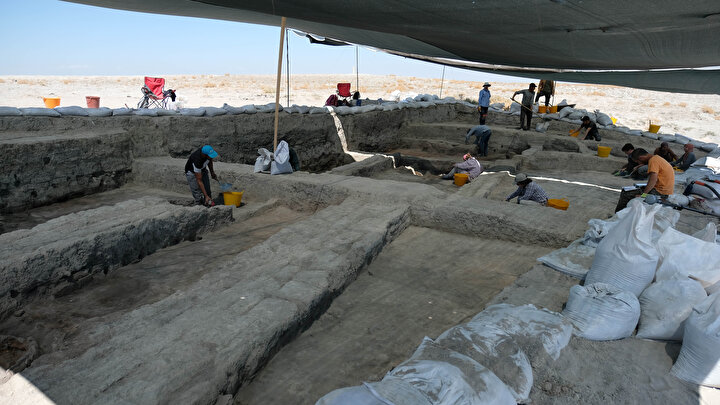
Archaeologists also argue that Türkmen-Karahöyük may have been the capital of King Hartapu, a ruler contemporary with the Phrygians nearly 2,800 years ago.
During the second season of excavations, launched in 2024, a series of remarkable finds came to light: a 2,000-year-old writing stylus made of animal bone, a 1,700-year-old gaming die, a 2,200-year-old bathtub, and 3,000-year-old barley and wheat grains.
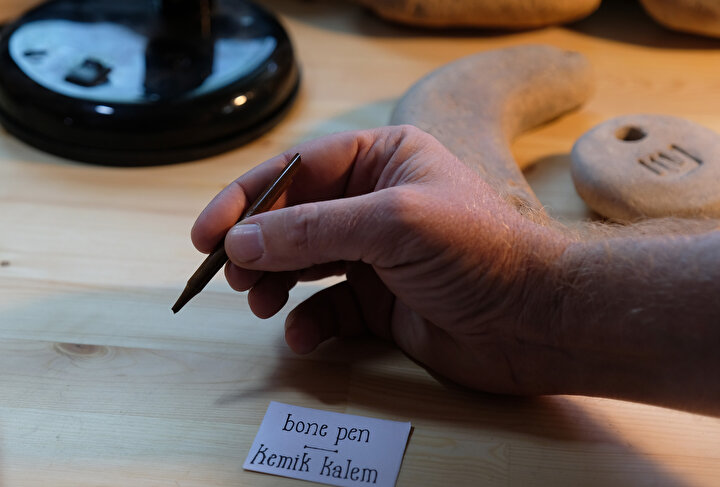
The project is led by Assoc. Prof. Michele Rüzgar Massa (Bilkent University) and Assoc. Prof. James Osborne (University of Chicago), with coordination by Assoc. Prof. Hüseyin Erpehlivan (Bilecik Şeyh Edebali University).
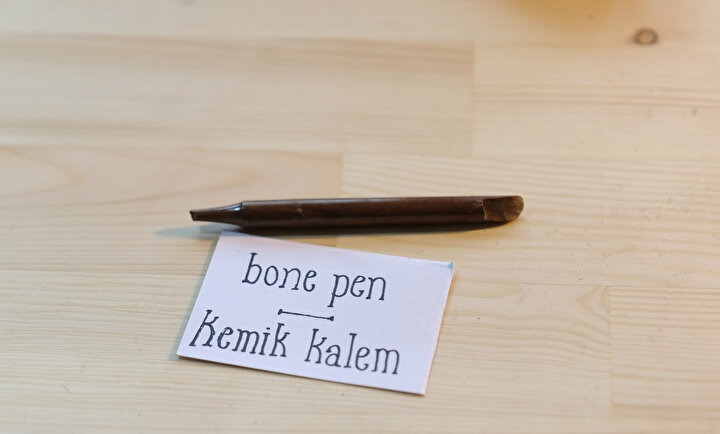
“Türkmen-Karahöyük was clearly a major political and commercial hub,” noted excavation co-director Michele Rüzgar Massa.
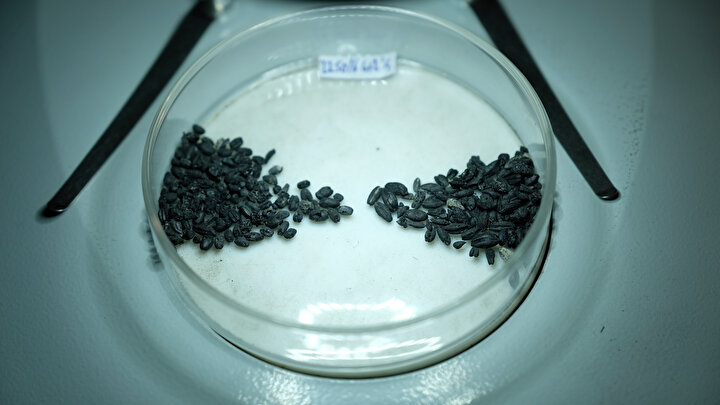
“We uncovered administrative tools such as seals and a 2,000-year-old bone stylus, objects known to be used by officials. We also found the remains of monkeys sent as gifts by Egyptian rulers 3,700 years ago. The site was likely the largest urban center in central Anatolia before Konya. We see signs of a palace, though it has not yet been located, as well as traces of fire damage and arrowheads, showing the city suffered an attack.”
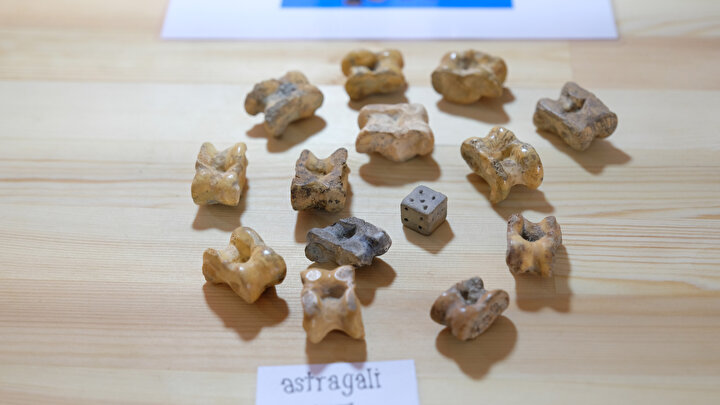
Co-director James Osborne emphasized the scale of the settlement:
“Türkmen-Karahöyük is one of the largest mounds in Türkiye. The buildings here belong to the Late Hellenistic period. Around 50 BC, the city suffered a major destruction. We found burnt mudbrick walls and, within the ash layers, an arrowhead—evidence that the fire was no accident.”
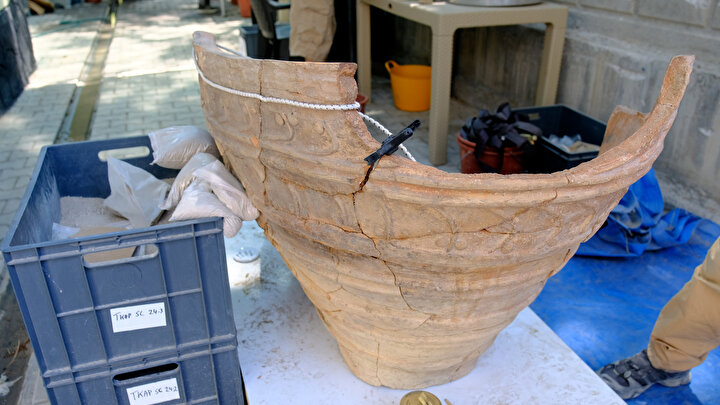
These discoveries bring scholars closer to pinpointing the elusive second Hittite capital of Tarhuntašša. At the same time, evidence of exotic fruits, animal remains, and fine ceramics reveal that the city was connected to long-distance trade networks stretching from Egypt and Cyprus to the Black Sea.
You may also like
- A 1700-year-old statue of Pan unearthed during the excavations at Polyeuktos in İstanbul
- The granary was found in the ancient city of Sebaste, founded by the first Roman emperor Augustus
- Donalar Kale Kapı Rock Tomb or Donalar Rock Tomb
- Theater emerges as works continue in ancient city of Perinthos
- Urartian King Argishti’s bronze shield revealed the name of an unknown country
- The religious center of Lycia, the ancient city of Letoon
- Who were the Luwians?
- A new study brings a fresh perspective on the Anatolian origin of the Indo-European languages
- Perhaps the oldest thermal treatment center in the world, which has been in continuous use for 2000 years -Basilica Therma Roman Bath or King’s Daughter-
- The largest synagogue of the ancient world, located in the ancient city of Sardis, is being restored

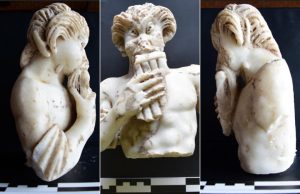
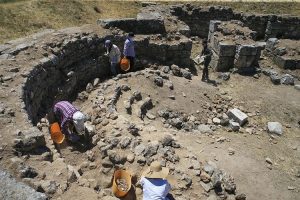
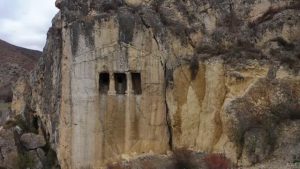
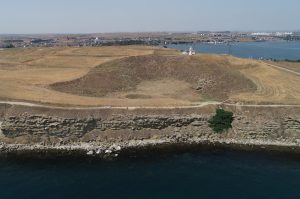
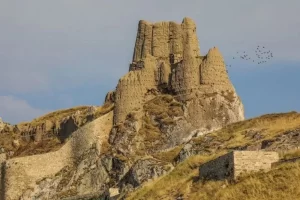
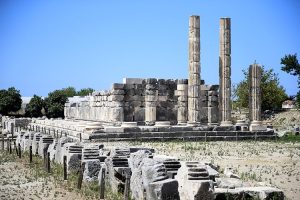
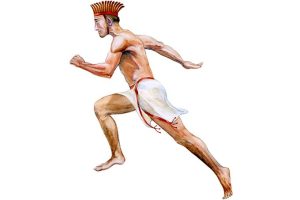

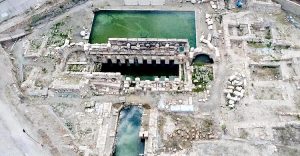
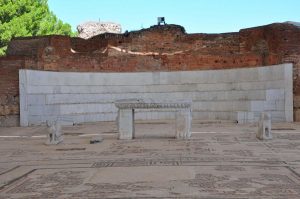
Leave a Reply